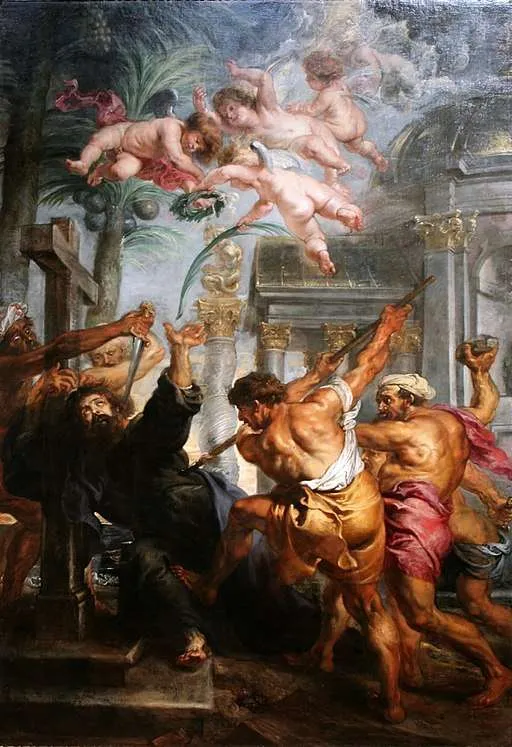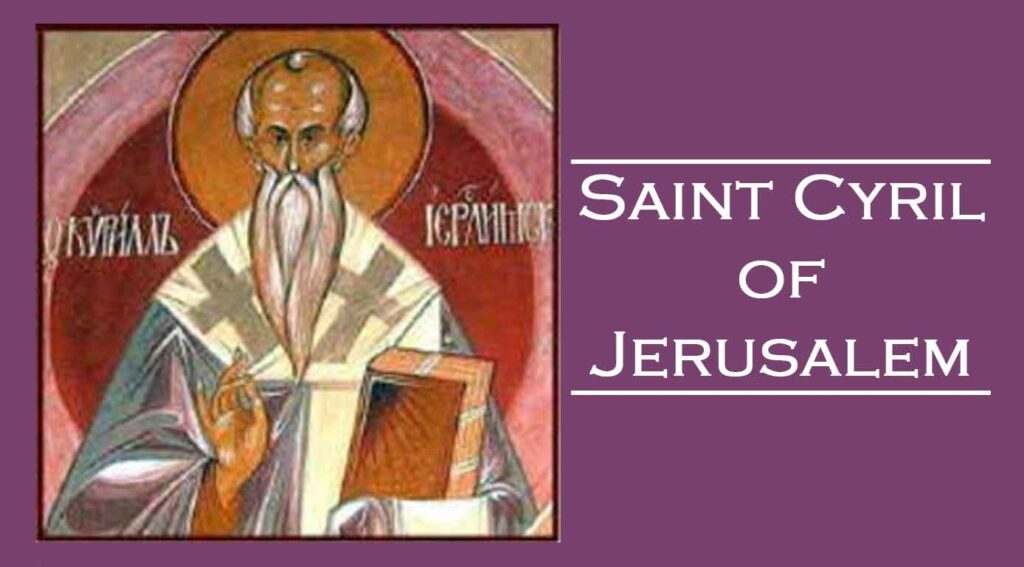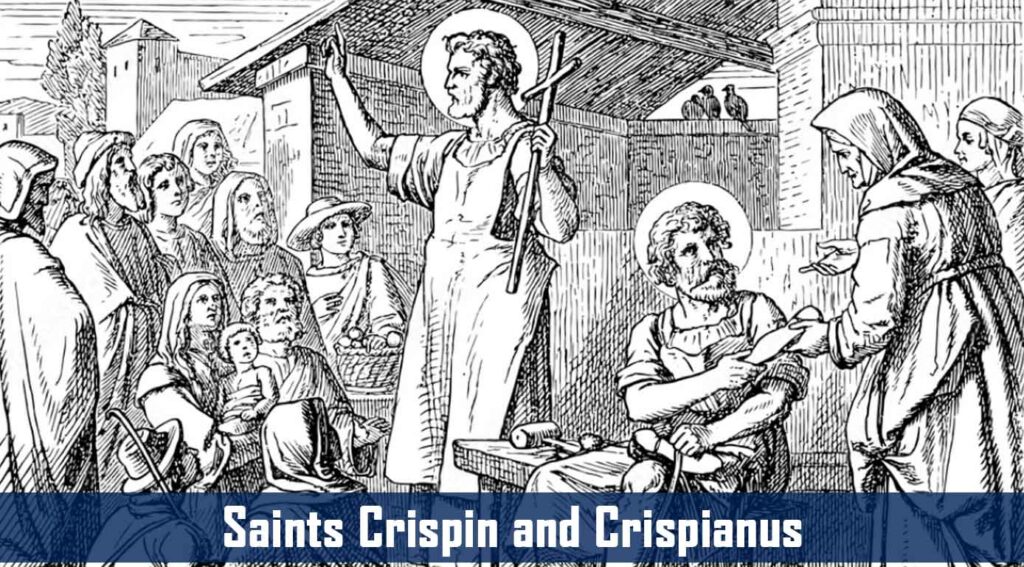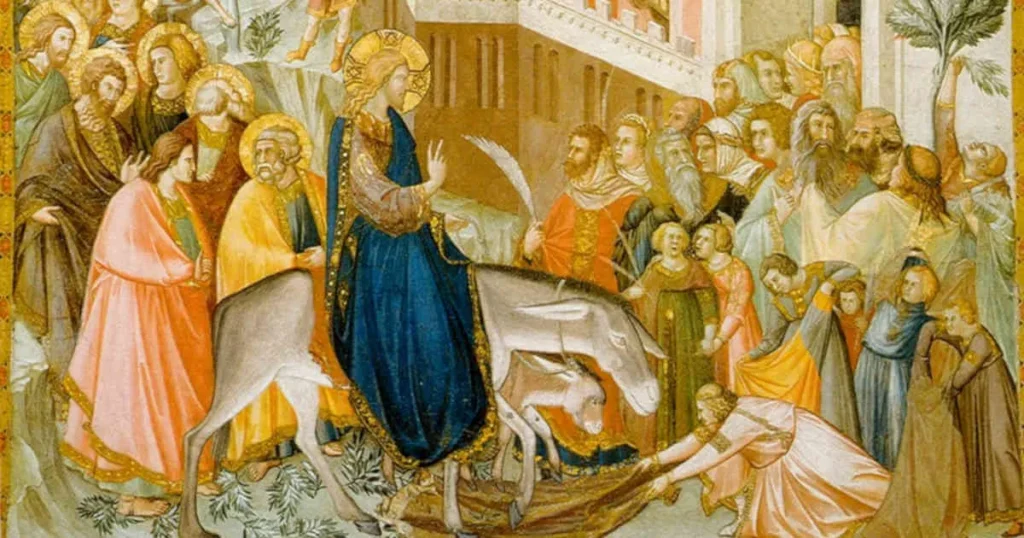Died c. 72; Patron Saint of doubters, architects, blind people, builders, geometricians, masons, surveyors, and theologians; Pre-Congregation canonization
Saint Thomas the Apostle is best known for doubting the Resurrection of Jesus, when he said, “Unless I see the mark of the nails in his hands, and put my finger into the nailmarks and put my hand into his side, I will not believe” (John 20:25). Prior to this, the Gospels refer to Thomas several times. The Gospels of Matthew, Mark, and Luke list him among the Apostles but do not provide details about his call. One of the few personal details given about Thomas is found in John’s Gospel, which refers to him as “Didymus,” meaning, “Twin.” It is reasonable, then, to presume that he had a twin.
The first detailed mention of Saint Thomas comes just prior to the seventh and final “sign” performed by Jesus in John’s Gospel. Jesus’ signs were his miracles, performed so that people “may come to believe that Jesus is the Messiah, the Son of God, and that through this belief, you may have life in his name” (John 20:31). The seventh sign was the raising of Lazarus from the dead. Prior to this miracle, the Sanhedrin was growing increasingly agitated and hostile toward Jesus. The disciples knew this, understanding that if Jesus performed more miracles, the Sanhedrin would react. When Jesus learned that his friend Lazarus had died, he told his disciples that he was going to raise Lazarus back to life. The disciples challenged Jesus out of fear of persecution, saying, “Rabbi, the Jews were just trying to stone you, and you want to go back there?” (John 11:8). Thomas then courageously said to the other disciples, “Let us also go to die with him” (John 11:16).
The second time Saint Thomas appears in John’s Gospel is at the beginning of Jesus’ Last Supper discourse. Jesus informed the Apostles that he would return to the Father and prepare a place for them, after which he would return to take them with him. Thomas objects, saying, “Master, we do not know where you are going; how can we know the way?” Jesus responds with his often-quoted statement, “I am the way and the truth and the life. No one comes to the Father except through me” (John 14:5–6).
The final, and most well-known, time Thomas is included in John’s Gospel is when he is absent from the other Apostles after Jesus’ Resurrection, and Jesus appears to the ten. When Thomas hears about this later, he strongly voices his doubts. However, a week later, Thomas’ doubt is transformed into belief when he cries out, “My Lord and my God!” Traditionally, the faithful repeat Thomas’ statement during Mass after the words of consecration as a way of expressing faith in Jesus’ True Presence. It was Thomas who provided us with these words of faith.
The Acts of the Apostles mentions Thomas in the list of Apostles who gathered in the upper room after Jesus’ ascension into Heaven. Otherwise, Thomas is not mentioned again by name but is referred to generally with the other Apostles, such as at Pentecost. However, various ancient traditions widely believe that Thomas took Jesus’ final words seriously when Jesus said to the disciples, “…you will be my witnesses in Jerusalem, throughout Judea and Samaria, and to the ends of the earth” (Acts 1:8).
Regarding Thomas’ journey “to the ends of the earth,” Pope Benedict XVI stated in a general audience, “Lastly, let us remember that an ancient tradition claims that Thomas first evangelized Syria and Persia (mentioned by Origen, according to Eusebius of Caesarea, Ecclesiastical History 3, 1) then went on to Western India (cf. Acts of Thomas 1–2 and 17ff.), from where he also finally reached Southern India” (September 27, 2006). The certainty of this cannot be definitively confirmed, but there is substantial evidence to support it. In addition to Origen and Eusebius, other early Church Fathers spoke of his missions to India. In the fourth century, Saint Ephrem the Syrian composed a hymn in which he spoke of Thomas ministering in India, and Saint Gregory of Nazianzus mentioned the same. Later in the fourth century, Saint Ambrose of Milan spoke of Thomas’ missionary work in India, and in the late sixth century, Gregory, the bishop of Tours, records that the Apostle was martyred in India and his remains were brought back to Edessa, Syria, modern-day Turkey, a place that tradition says Thomas visited and preached in on his way to India.
According to the most reliable traditions, Thomas arrived in India around the year 52. He preached along the Malabar Coast of southwestern India, as well as farther north in the Deccan Plateau. One ancient text called “The Acts of Thomas” speaks of many conversions and miracles that Thomas performed. Around the year 68, it is believed that Thomas and his companions traveled to eastern India, in modern-day Chennai, where he preached the Gospel, cared for the poor and sick, and erected churches. Tradition further states that Thomas worked to convert kings and their families as a way of gaining their support to convert the people. In Chennai, there is a hill called “Saint Thomas Hill,” believed to be the location of his martyrdom. Around the year 72, legend has it that while praying on that hill, Thomas was pierced in the back with a spear by order of the king for converting his wife and other family members to Christianity.
As we honor this great Apostle of the Lord, ponder the zeal he must have had to leave his home, family, and community, and travel to the far regions of India where he spent the rest of his life sharing the Gospel, baptizing, and establishing the Church. He died a martyr, which is fitting for such a courageous man. Though he struggled with doubts at first, his doubts were transformed by Christ. Filled with the Holy Spirit at Pentecost, Thomas never looked back. As you ponder his life, reflect on any ways you can learn from him and imitate him. If you struggle with doubts, know that the Holy Spirit can transform those doubts and fill you with the same depth of zeal and commitment as Saint Thomas.
Source: https://mycatholic.life/saints/saints-of-the-liturgical-year/july-3—saint-thomas-the-apostle/








